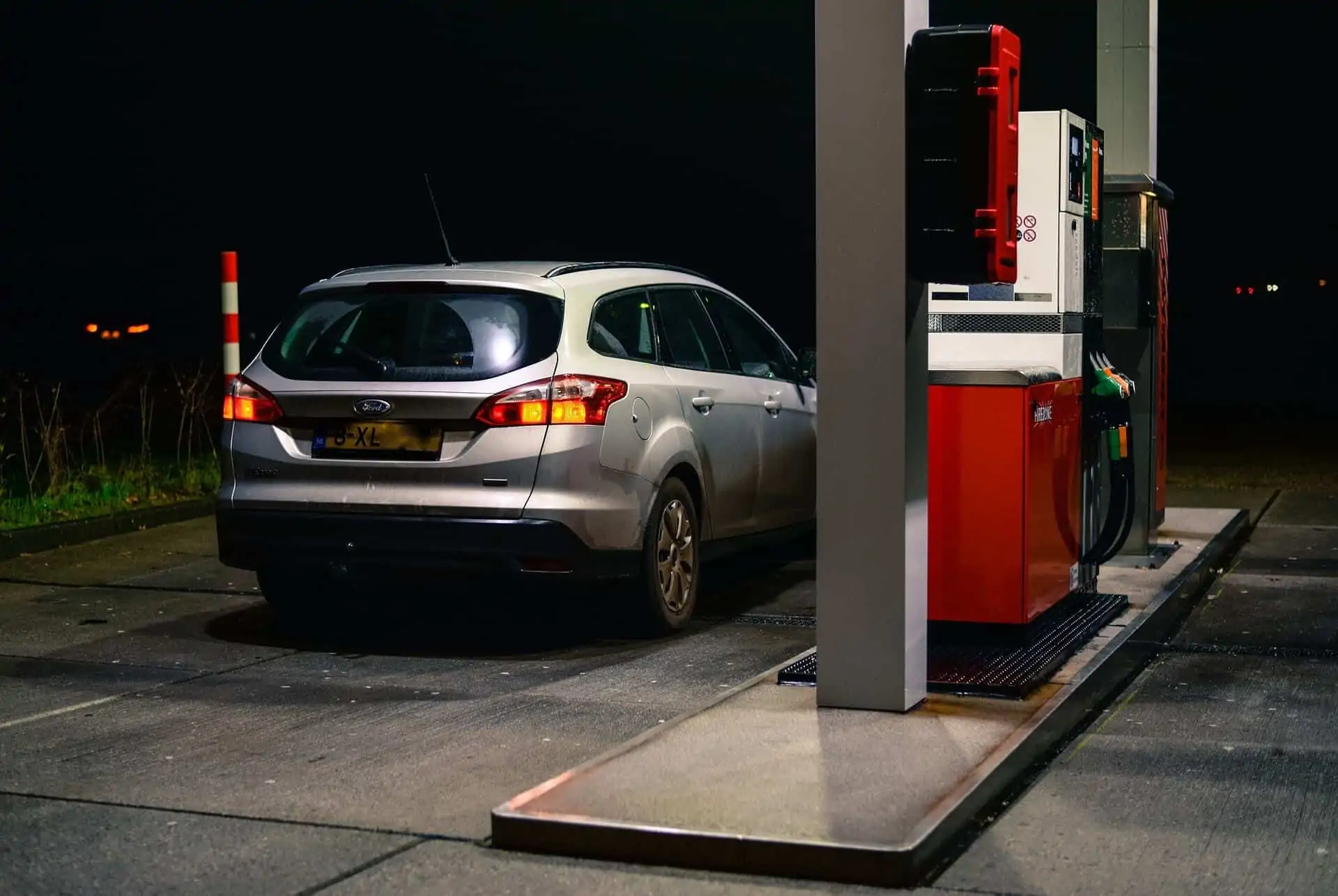Case note: The Thistle Company of Australia Pty Ltd v Bretz & Anor [2018] QCA 6
A service station owner has been unsuccessful in its appeal of a decision of the District Court of Queensland to award $96,000 to a man who tripped on the plinth of a petrol bowser. The decision by the Queensland Court of Appeal provides some insight into what a court might consider a trip hazard to be in a public liability claim.
The accident happened in 2012, when the man was aged 80.
Background
Mr Bretz attended the service station and filled his van and 2 x 20 litre drums with fuel. He was unfamiliar with the servo but CCTV footage showed that he spent several minutes walking around the bowser area. As he was doing so, he was looking down and his feet were close to the plinth of the bowser at times. When he finished he ‘took off to walk around the bowser, and the next thing [he] knew [he] was heading for the bitumen’. Mr Bretz tripped or lost his footing when the ball of his foot hit the edge of the plinth.
The petrol bowser was centred on a raised concrete platform or plinth. The plinth extended 30cm from the edge of the bowser and was 37mm – 39mm high. It was painted black just two weeks prior to Mr Bretz’s fall. Before that it was yellow. It was repainted because the yellow paint was wearing off and there had been customer complaints about the slipperiness of the plinths.
Mr Bretz brought proceedings in negligence against the service station owner, The Thistle Company of Australia Pty Ltd (the TCA). The TCA brought a claim against Tam Farragher & Associates Ltd (TFA), who designed the concrete plinth.
Mr Bretz succeeded in his claim in negligence against the TCA in the District Court. The TCA failed in its claim against TFA, who had an exclusion clause in their favour. The TCA appealed the decision to the Queensland Court of Appeal.
The Appeal
The TCA challenged the following findings of the District Court:
(1) the plinth was not an ‘obvious risk’;
(2) the risk was ‘not insignificant’;
(3) Mr Bretz was not contributorily negligent;
(4) TCA’s third party claim against TFA should be dismissed.
The finding that the plinth was not an ‘obvious risk’
The TCA argued that the trial judge ought to have found that the plinth was an ‘obvious risk’ within the meaning of section 13 of the Civil Liability Act 2002 (Qld) and that it had no duty to warn Mr Bretz of its presence. The Court rejected the TCA’s argument because:
(1) the repainting of the plinth camouflaged it;
(2) the rise of the plinth was only 37mm. It was ‘high enough to trip someone, but not so high to be immediately apparent’;
(3) the plinth was difficult to see because it was located close to where customers would park;
(4) the trial judge appropriately determined that the risk was not ‘obvious’ to a reasonable person in the position of Mr Bretz having regard to the shallow nature of the plinth, that it was an unusual feature of the site, Mr Bretz’s limited experience of the site and that it was camouflaged.
The finding that the trip risk was ‘not insignificant’
The TCA contended that the trial judge should have determined that the risk of tripping on the plinth was insignificant. Under section 9 of the CLA a person does not breach a duty to take precautions against a risk of harm unless (among other things) the risk was ‘not insignificant’.
There had been multiple complaints about the slipperiness of the original surface. The only complaint about the plinth after it was painted was the complaint by Mr Bretz. The trial judge found that there was evidence that others had tripped or slipped because of patterns of wear on the plinths.
The TCA argued that the trial judge conflated the episodes of complaint about slipperiness with that of tripping. The Court rejected the TCA’s criticism of the trial judge’s reasoning and noted:
(1) a customer tripping and falling at a service station was one of the business’s highest operational risks;
(2) there was no operational reason to make the plinth the same colour as the surrounding ground beyond the aesthetic. The removal of the visual cue increased the risk of falling, and with a risk of falling, comes a risk of serious injury;
(3) the very risk which eventuated was one which was identified prior to the incident;
(4) it was open to the trial judge to find that once the plinth was painted black, other patrons had stumbled or tripped on it.
No contributory negligence by Mr Bretz
The TCA complained that there should have been a finding that Mr Bretz was contributorily negligent because he was not looking where he was walking. The basis of the TCA’s complaint was that Mr Bretz’s own evidence suggested a cavalier attitude on his part, because in cross-examination there was this exchange: ‘Did you watch where you were walking?– No. Take off and walk’.
The Court was satisfied that it was open to the judge at first instance to find that Mr Bretz’s conduct was ‘mere inattention’ and so, no finding of contributory negligence should follow. The Court was satisfied with the approach of the trial judge and observed the submission made on behalf of Mr Bretz that, ‘as a general rule, pedestrians are not obliged to watch their feet to avoid unexpected obstructions as they walk’.
Dismissal of third party proceedings
The TCA had a contract with TFA who designed the plinth. The contract contained an exclusion clause in favour of TFA which read:
‘After the expiration of one (1) year from the date of the invoice in respect of the final amount claimed by [the TFA] pursuant to clause 4, [the TFA] shall be discharged from all liability in respect of the services whether under the law of contract, tort or otherwise.’
The TCA alleged that if the plinth was a tripping hazard, it was because it had been negligently designed by the TFA. The trial judge found that the TFA was protected from liability by operation of the exclusion clause. On appeal, the TCA argued that the TFA should be liable because:
(1) there was no evidence that the period of one (1) year in the exclusion clause had expired;
(2) the TFA failed to ensure, through inspection, that the plinths were constructed in accordance with their design and this amounted to a breach of contract;
(3) the TFA’s liability did not arise ‘in respect of the services provided under the contract’ and therefore fell outside of the exclusion clause.
The Court dismissed the TCA’s complaint about the third party proceedings noting that this was not the TCA’s case at trial, that the TCA’s complaint was clearly ‘in respect of the services’ that had been contracted from TFA and finding that the exclusion clause operated to protect TFA from liability. There was no basis to doubt the trial judge’s finding that the one (1) year period under the exclusion clause had expired.
Considerations
This judgment will be of interest to business owners. In answer to the question of what a trip hazard is, some take away points from this case are that, in the context of a personal injury claim, a trip hazard might be one which has some of the following features:
(1) it is ‘high enough to trip someone, but not so high to be immediately apparent’;
(2) it is camouflaged by surrounding surfaces;
(3) it is hard to spot because of the presence of other objects;
(4) it has caused others to slip or trip on it;
(5) has been identified as a risk already by the occupier.




